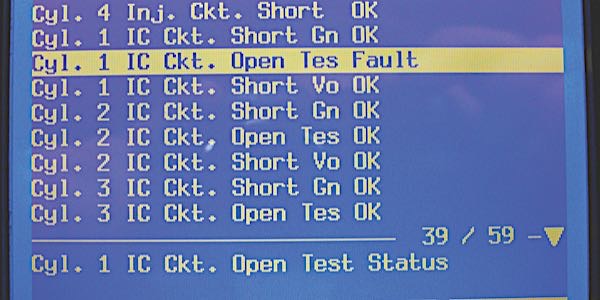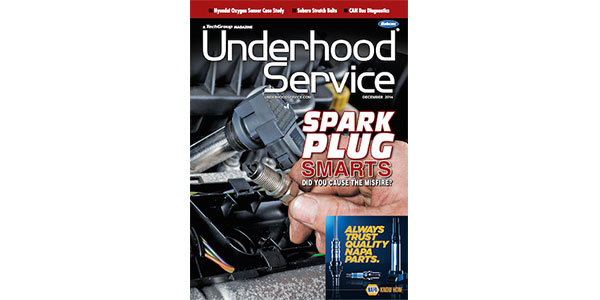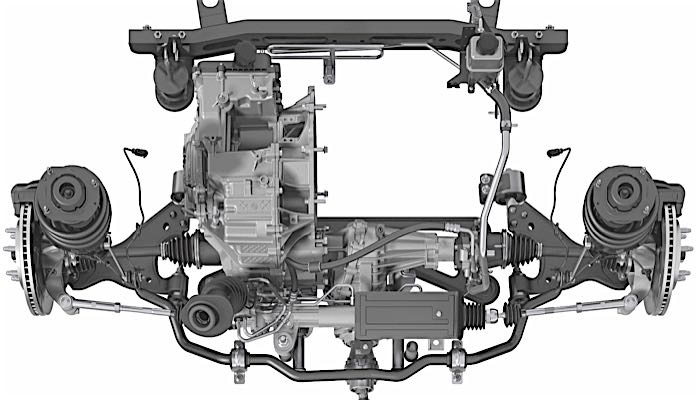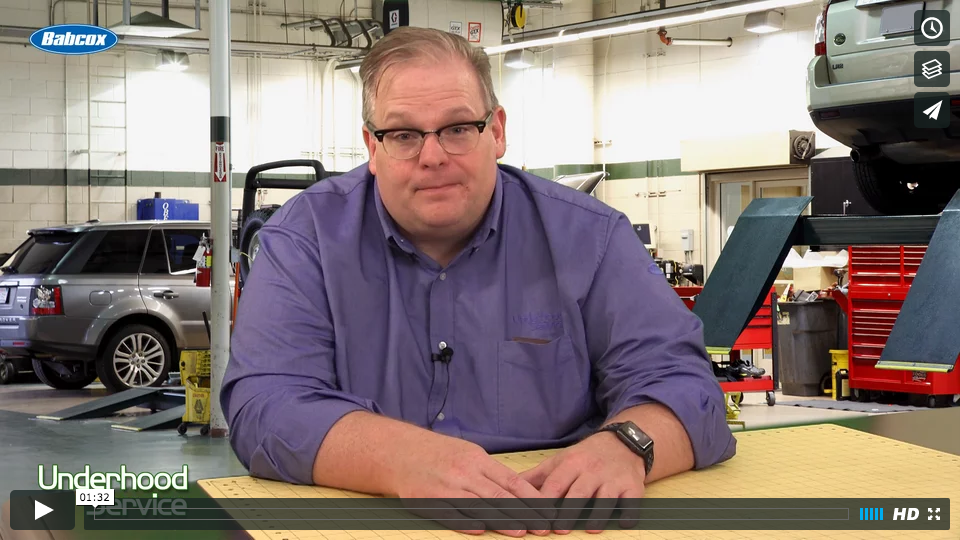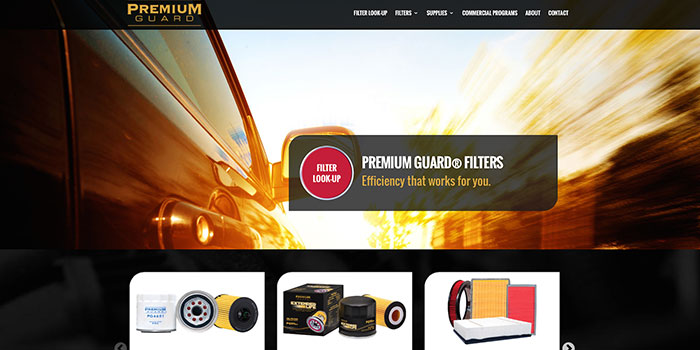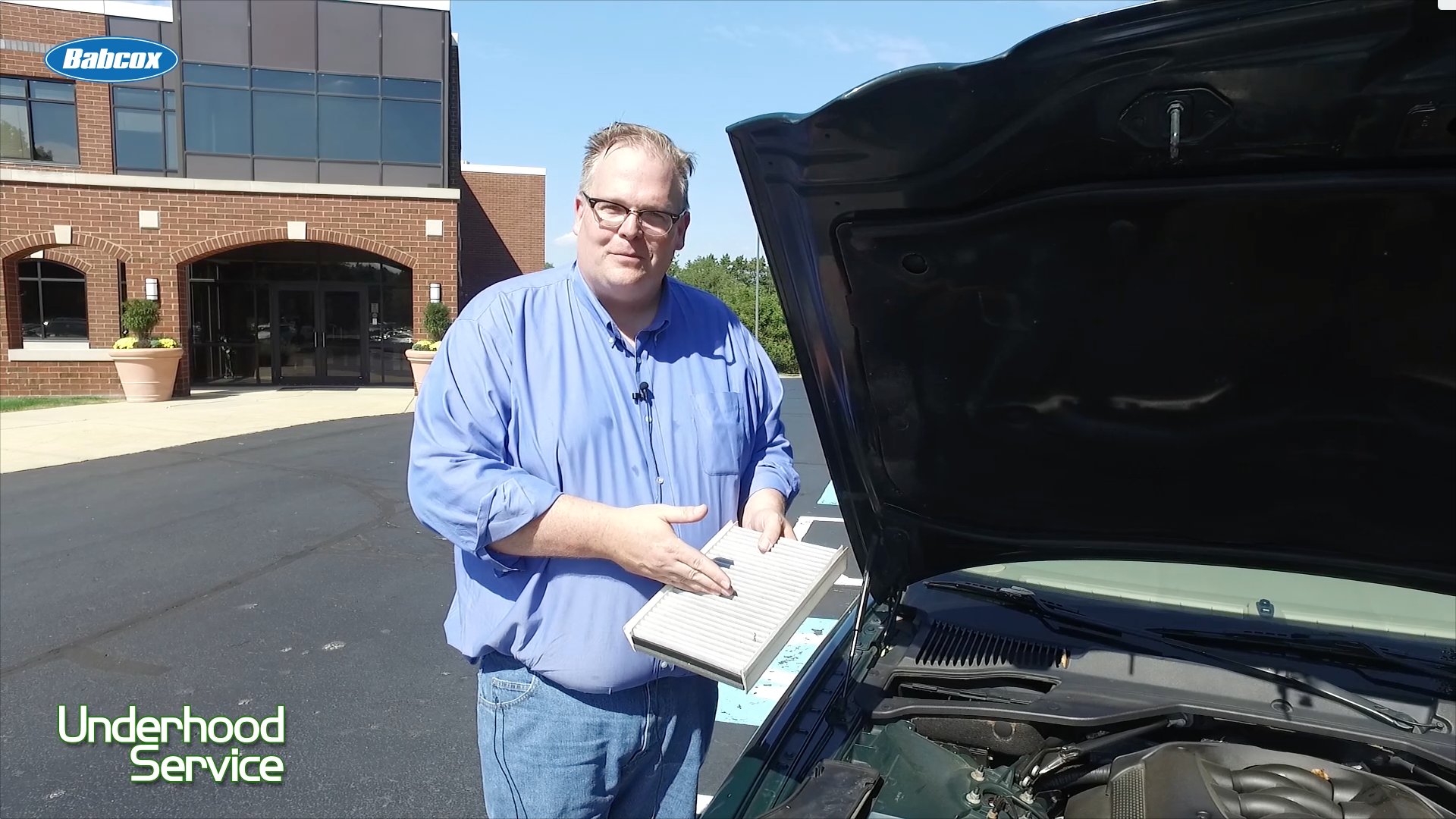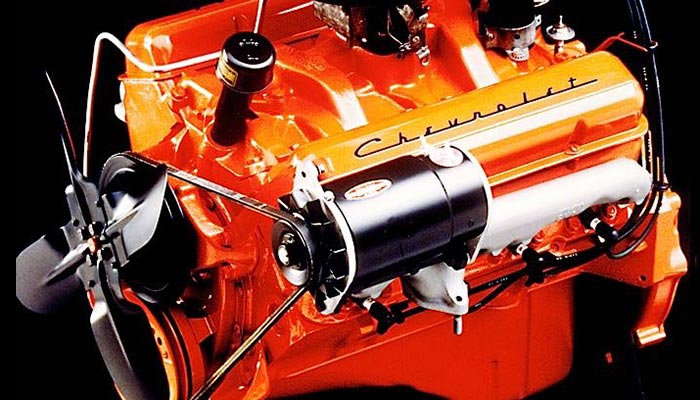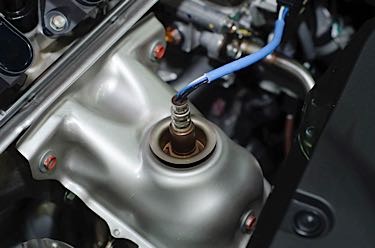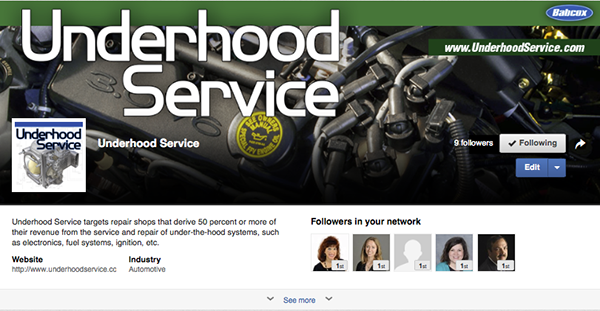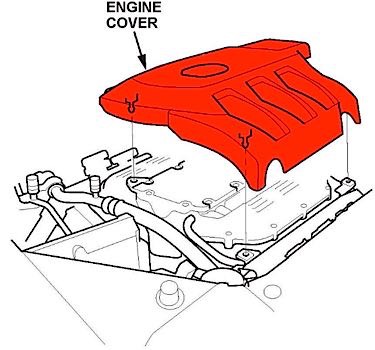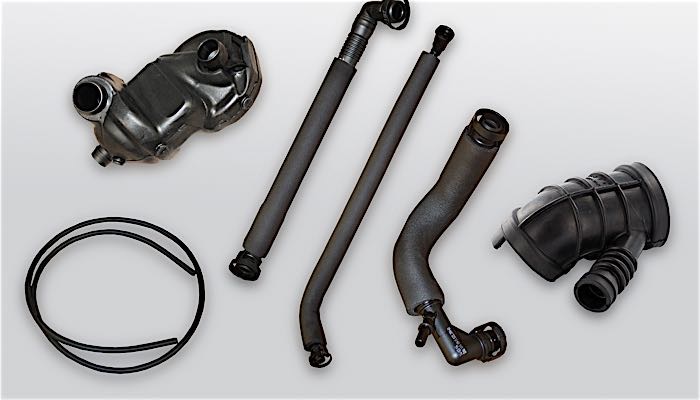
A clogged oil separator valve is a common problem on many BMW DOHC inline sixes. The high failure rate is caused by sludge build-up that can result in oil burning, rough idle and engine fault codes. Although the solution is pretty simple, replacing the valve is labor intensive and can take anywhere from six to nine hours.
As it does with timing belt service, CRP Automotive suggests inspecting related parts during the repair to see if they need replacement. You should always replace the breather hoses. They get brittle with age and will eventually fail. They may even break during removal. This will save your customers the headache of coming back. Same tip goes for the intake boot. Check if it’s brittle or cracking.
CRP Automotive also suggests using the cold weather oil separator valve. It has molded foam that will help prevent sludge from building up in the valve and the hoses.
CRP offers Rein Automotive cold weather valves, hoses and air intake boots, as well as kits to make the job even easier.
Courtesy of CRP Automotive


